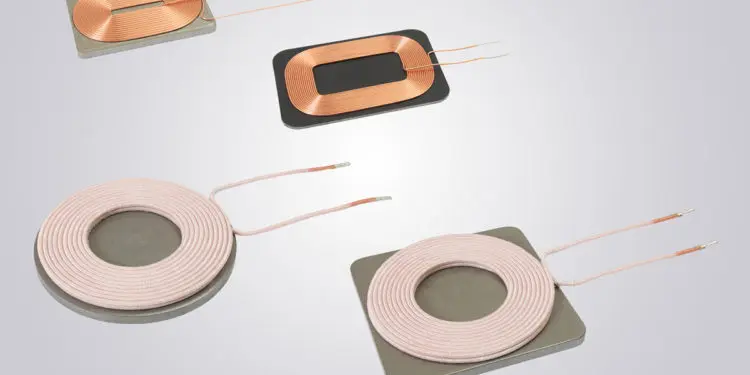Vishay Intertechnology, Inc. introduced new powdered iron based, WPC-compliant (Wireless Power Consortium) wireless charging coils that offer direct replacements for devices for which end-of-life (EOL) was announced in 2017.
Offering a durable construction and high permeability shielding, the Vishay Dale receiver and transmitter coils provide high efficiency in a variety of industry-standard sizes.
For wireless charging up to 10 W in portable electronics, the six new receiver coils feature inductance of 10.8 µH to 22 µH at 200 kHz with ± 5 % inductance tolerance, typical Q from 29 to 65 at 200 kHz, and DCR from 175 mΩ to 427 mΩ (± 5 %) at +25 °C.
For Qi wireless charging pads, the three new transmitters offer inductance of 6.3 µH to 24 µH at 200 kHz with a ± 5 % inductance tolerance, DCR from 40 mΩ to 75 mΩ (± 5 %) at + 25 °C, and typical Q from 185 to 200 at 200 kHz. The devices are available with heat rated current of 6 A and 7 A, and saturation current of 20 A and 22 A.
Samples and production quantities of the wireless charging coils are available now, with lead times of 12 weeks. Pricing for U.S. delivery only ranges from $0.75 to $3.00 per piece.































